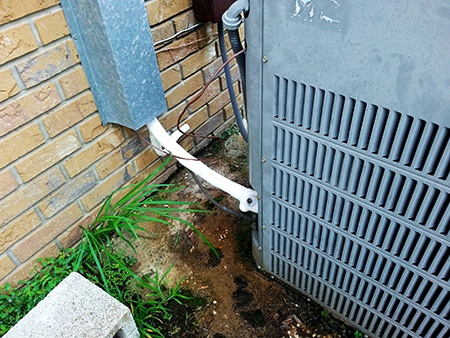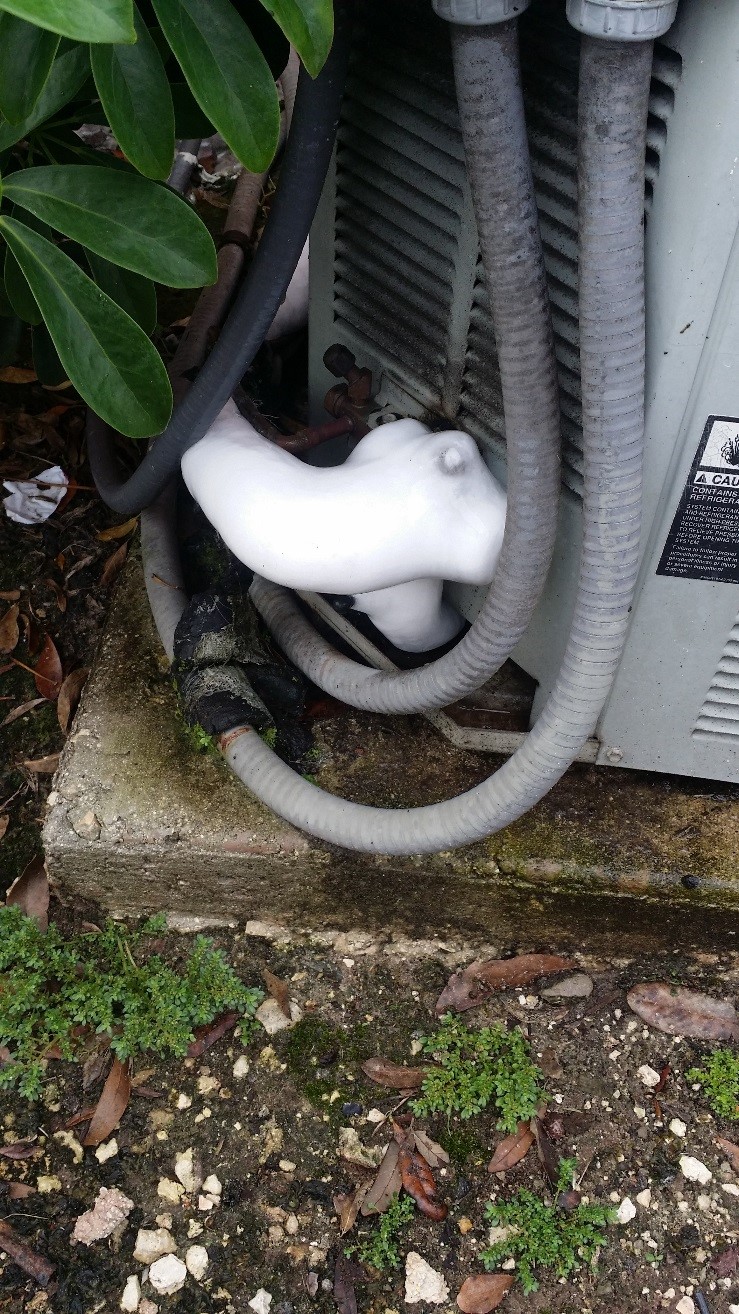Identifying a Frozen AC Pipe - Efficient Fixes for House Air Conditioning Systems
Identifying a Frozen AC Pipe - Efficient Fixes for House Air Conditioning Systems
Blog Article
Are you trying to find know-how around Air Conditioner Frozen? How To Fix your Frozen AC Line?

Intro
Discovering that your a/c pipe is iced up can be worrying, particularly throughout warm summertime when you rely upon your a/c unit the most. Recognizing what to do in such a situation is critical to avoid more damage to your air conditioning system and guarantee your comfort inside.
Understanding the Causes
A number of aspects can add to the freezing of an a/c pipeline. Recognizing these reasons can help you deal with the problem successfully.
Absence of Airflow
One usual source of an icy AC pipeline is inadequate air movement. When the air movement over the evaporator coil is limited, it can trigger the coil to drop below freezing temperature, resulting in ice formation on the pipeline.
Low Refrigerant Levels
Insufficient refrigerant degrees in your AC system can also cause an icy pipe. Reduced refrigerant levels can cause the stress in the system to drop, resulting in the cold of moisture on the evaporator coil.
Winter Conditions
In cooler climates, freezing temperatures outside can add to the cold of a/c pipes. If your AC unit is not effectively insulated or if there are leaks in the ductwork, cold air can infiltrate the system, creating the pipeline to freeze.
Dirty Air Filters
Unclean or stopped up air filters can restrict airflow in your a/c system, resulting in various problems, including an icy pipeline. It's important to replace or clean your air filterings system consistently to guarantee correct airflow and stop ice build-up.
Signs of a Frozen A/c Pipe
Identifying the signs of a frozen air conditioning pipeline is critical for prompt action.
Minimized Airflow
If you observe a substantial decline in air movement from your vents, it can show an icy pipe.
Ice Buildup on the Pipe
Visible ice buildup on the refrigerant line or the evaporator coil is a clear sign of an icy air conditioner pipe.
Odd Sounds from the Unit
Uncommon noises, such as hissing or bubbling, coming from your air conditioning system can signal that there's ice present on the pipe.
Immediate Actions to Take
When faced with a frozen air conditioner pipeline, it's essential to act rapidly to avoid additional damages to your air conditioning system.
Shutting off the air conditioning
The initial step is to turn off your air conditioner to avoid the system from running and exacerbating the concern.
Checking for Blockages
Inspect the location around the interior unit for any obstructions that may be obstructing airflow, such as furnishings or drapes.
Thawing the Pipe
You can use gentle methods like putting towels soaked in cozy water around the frozen pipe to assist thaw it slowly.
Preventive Measures
Taking safety nets can aid stay clear of future events of an icy a/c pipe.
When DIY Methods Fail
If your attempts to thaw the pipeline or address various other problems are unsuccessful, it's time to contact an expert.
Importance of Hiring a Professional HVAC Technician
A qualified HVAC service technician has the know-how and tools essential to identify and fix concerns with your air conditioner system securely and efficiently.
Normal Maintenance Checks
Set up normal upkeep get in touch with a professional HVAC service technician to ensure that your AC system is running efficiently.
Altering Air Filters
On a regular basis replace or cleanse your air filters to stop airflow limitations and keep ideal performance.
Protecting Exposed Pipes
If your air conditioning pipes are subjected to chilly temperature levels, take into consideration insulating them to prevent freezing during winter months.
Seeking Professional Help
If DIY approaches stop working to resolve the concern or if you're unsure concerning just how to proceed, it's ideal to look for support from a certified HVAC specialist.
Conclusion
Managing a frozen air conditioner pipe can be a discouraging experience, but knowing just how to respond can help reduce damage and recover comfort to your home. By comprehending the causes, identifying the signs, and taking prompt action, you can successfully deal with the issue and stop future events.
What to Do If Your AC Line Is Frozen
Make Sure All Supply and Return Air Vents Are Open
If you notice problems with airflow, the first thing you should do is check your supply and return vents. Supply vents distribute clean, conditioned air throughout your home. As this air becomes stale, it’s pulled into the return vent, where it’s reconditioned before being sent back out through the supply vent.
When these vents are closed, air won’t flow in the home. Before examining your AC, check the vents in every room and ensure they’re all open.
Check for a Dirty Air Filter
Another possible cause of limited airflow is a dirty air filter. Your air conditioner’s filters catch elements you don’t want to breathe in, such as dirt and dust. Over time, filters can become clogged, ultimately blocking air from flowing in and out. The lack of airflow can then cause the entire coil to freeze and will completely restrict any air from moving through it. The AC may need to be powered off for one to two days to allow the coil to thaw after replacing the filter to allow proper functioning of the unit. This debris can also accumulate on your AC’s evaporator coil, requiring a more serious repair. In general, air filters should be cleaned regularly (about every two weeks).
Assess Your Outdoor Unit
In addition to checking your AC, assessing the outdoor unit is a good idea. Also known as the condensing unit, it works with your interior unit to release heat outside. An issue with the outdoor unit can result in rising internal temperatures.
Overgrown Shrubs or Clogged Leaves
From leaves and twigs to shrubs and debris, there’s no shortage of outdoor elements that can accumulate around your condensing unit. When these elements get lodged inside the unit, they can block airflow. Fortunately, removing the blockage can solve the problem.
Sounds of a Broken Fan
Shrubs and leaves aren’t the only things that can impede your outdoor unit’s airflow. If the fan is broken, the unit won’t be able to properly get rid of heat — which means the internal temperature won’t go down. First, make sure the fan is spinning. If it is, check for the following sounds of a broken fan:
Buzzing Rattling Screeching Hissing Clicking Preventative Measures
Nobody wants to deal with a frozen AC line. In addition to causing problems with your air conditioner, they require professional repairs. On the bright side, there are preventative measures you can take to help ensure this issue doesn’t arise in the first place.
https://www.coopergreenteam.com/blog/what-to-do-if-ac-line-frozen

We hope you liked our section about Why Is Ice On My Outside Air Conditione. Thanks so much for spending some time to read through our piece. Those who appreciated our blog entry plz remember to pass it around. Thank you for your time invested reading it.
Book 24/7 Report this page